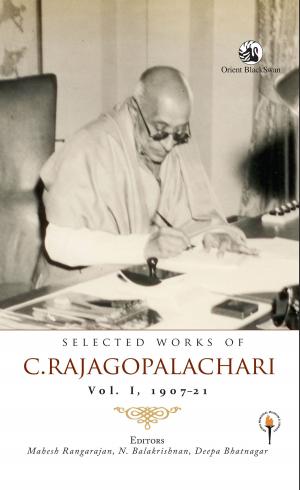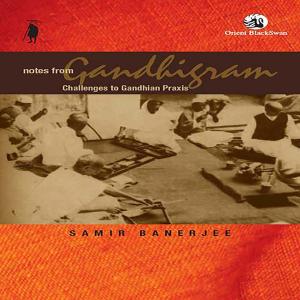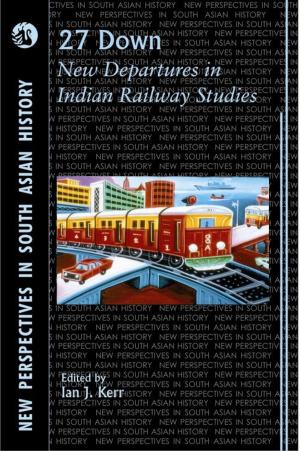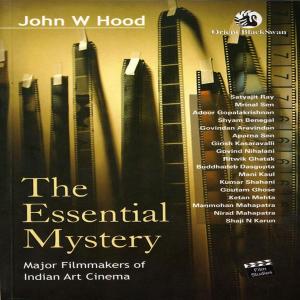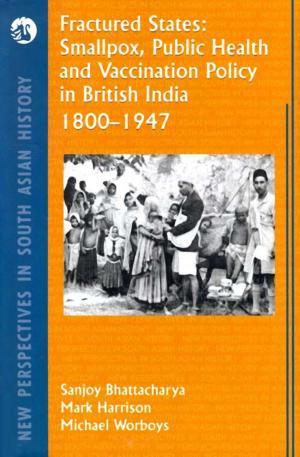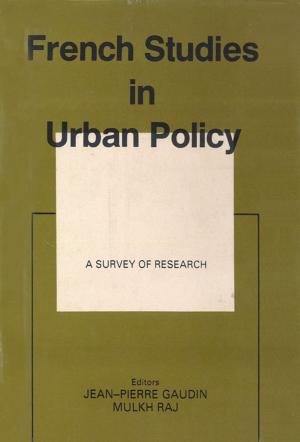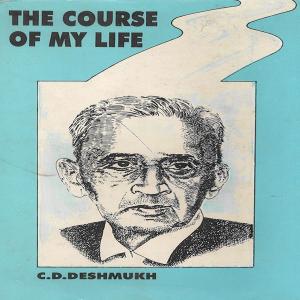| Author: | ISBN: | 9788125061373 | |
| Publisher: | Orient Blackswan Private Limited | Publication: | June 15, 2016 |
| Imprint: | Language: | English |
| Author: | |
| ISBN: | 9788125061373 |
| Publisher: | Orient Blackswan Private Limited |
| Publication: | June 15, 2016 |
| Imprint: | |
| Language: | English |
Chakravarti Rajagopalachari, the last Governor General of India, was, in the words of his grandson Rajmohan Gandhi, a ‘prophetic political figure’ who predicted in 1916 the success of Gandhi’s satyagraha in India. A true follower of Gandhi, C.R., or Rajaji (as he was called), gave up a lucrative practice as a lawyer in 1919 to fight for the country’s independence. He explained Gandhi’s political moves to the Indian public in speeches, and in articles in Gandhi’s Young India. Gandhi spoke of Rajaji as one of satyagraha’s finest exponents and also as his ‘conscience-keeper’, a remark that underscored their personal relationship.Selected Works of C. Rajagopalachari, Vol. III, 192325 is the third in a series of ten volumes being published in association with the Nehru Memorial Museum and Library on the writings of Rajaji, covering the period between 1907 and 1972. This volume begins with Rajaji’s efforts to educate the people on the significance of the Council-boycott resolution passed at the Gaya Congress in December 1922. A section of the Congress was in favour of Council-entry and was eager to contest the elections to legislatures with the formation of Swaraj Party in 1923. Others including Rajajiopted for complete boycott and wanted Congress to focus on the constructive programme—propagation of khadi, the removal of untouchability and prohibition. In addition to his consistent criticism of the Council-entry programme, the book also features Rajaji’s endeavour to spread the message of the constructive programme, and the setting up of Gandhi Ashram at Tiruchengodu, Tamil Nadu, in February 1925 and his subsequent withdrawal from public life. The documents in this volume also reflect Rajaji’s views on a wide range of subjects, including the treatment of political prisoners in Indian jails and the position of Indians in Kenya and South Africa.This volume is a collector’s edition that will be useful for students, researchers and academics studying the Indian national movement in all its facets.
Chakravarti Rajagopalachari, the last Governor General of India, was, in the words of his grandson Rajmohan Gandhi, a ‘prophetic political figure’ who predicted in 1916 the success of Gandhi’s satyagraha in India. A true follower of Gandhi, C.R., or Rajaji (as he was called), gave up a lucrative practice as a lawyer in 1919 to fight for the country’s independence. He explained Gandhi’s political moves to the Indian public in speeches, and in articles in Gandhi’s Young India. Gandhi spoke of Rajaji as one of satyagraha’s finest exponents and also as his ‘conscience-keeper’, a remark that underscored their personal relationship.Selected Works of C. Rajagopalachari, Vol. III, 192325 is the third in a series of ten volumes being published in association with the Nehru Memorial Museum and Library on the writings of Rajaji, covering the period between 1907 and 1972. This volume begins with Rajaji’s efforts to educate the people on the significance of the Council-boycott resolution passed at the Gaya Congress in December 1922. A section of the Congress was in favour of Council-entry and was eager to contest the elections to legislatures with the formation of Swaraj Party in 1923. Others including Rajajiopted for complete boycott and wanted Congress to focus on the constructive programme—propagation of khadi, the removal of untouchability and prohibition. In addition to his consistent criticism of the Council-entry programme, the book also features Rajaji’s endeavour to spread the message of the constructive programme, and the setting up of Gandhi Ashram at Tiruchengodu, Tamil Nadu, in February 1925 and his subsequent withdrawal from public life. The documents in this volume also reflect Rajaji’s views on a wide range of subjects, including the treatment of political prisoners in Indian jails and the position of Indians in Kenya and South Africa.This volume is a collector’s edition that will be useful for students, researchers and academics studying the Indian national movement in all its facets.



